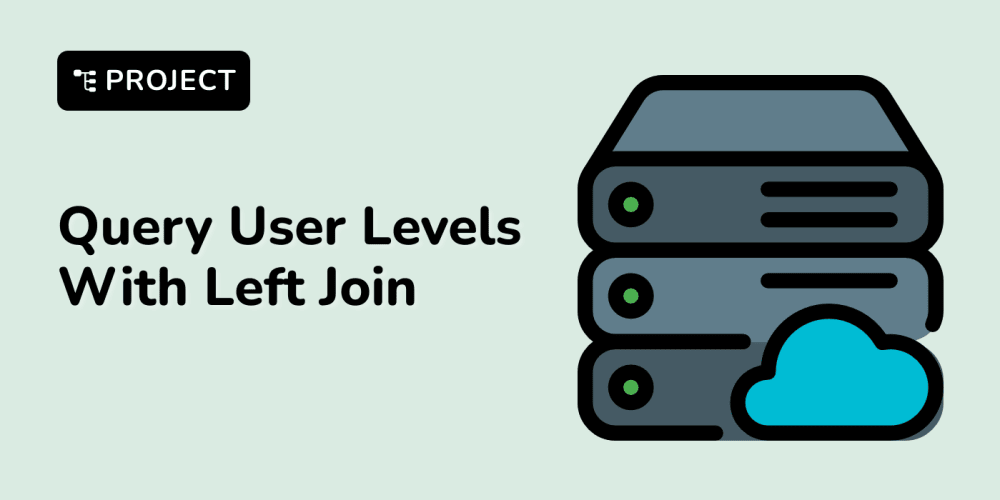Introduction
The rapid evolution of technology has significantly transformed the landscape of data analytics and artificial intelligence (AI). At the core of this transformation is cloud computing, which has become a vital component for businesses looking to leverage data for strategic decision-making. By offering scalable, flexible, and cost-effective solutions, cloud computing enables organizations to harness the power of data analytics and AI without the need for extensive on-premise infrastructure.
Scalability and Flexibility in Data Analytics
One big benefit of cloud computing for data analytics is that it can grow easily. Old-style on-site systems often have trouble managing the huge amounts of data today’s companies create. Cloud computing platforms, on the other side, offer scalable resources that can fit what an organization needs. This scalability makes sure companies analyze big datasets without being concerned about the limits of their infrastructure.
Additionally, cloud computing gives more options for how to store and handle data. With solutions in the cloud, companies can keep their information in different formats and reach it from any place around the globe. This adaptability is crucial for data analytics because it lets organizations combine different types of data and carry out complicated analyses quickly and effectively.
Enhancing AI Capabilities with Cloud Computing
Artificial intelligence relies heavily on data to learn and make predictions. The more data an AI model has, the more accurate its predictions will be. Cloud computing plays a crucial role in providing the necessary data storage and processing power for AI applications. With cloud-based platforms, businesses can store and process massive amounts of data required for AI models, ensuring that these models are trained on the most comprehensive datasets available.
Moreover, cloud computing enables the deployment of AI models at scale. Once an AI model is trained, it needs to be deployed in a way that it can handle real-time data and deliver insights quickly. Cloud solutions and services offer the necessary infrastructure to deploy these models across multiple regions, ensuring that AI-powered applications are accessible to users around the globe.
Cost-Effectiveness and Efficiency
Another big advantage of cloud computing for data analytics and AI is saving money. Regular on-site systems need a lot of spending on hardware, software, and upkeep. Cloud solutions and services remove these expenses by using a pay-as-you-go system. Businesses just spend money on the resources they use. This way is especially helpful for small and medium-sized enterprises (SMEs) that maybe don't have enough budget to buy costly infrastructure.
Besides saving costs, cloud computing helps improve efficiency. Cloud services give companies access to advanced analytics and AI tools without needing a lot of setup or configuration. This easy-to-use nature lets organizations put their attention on looking at data and finding new understandings, instead of dealing with complicated IT systems.
Security and Compliance
The good things about cloud computing are easy to see, but companies often worry about security and the rules they must follow. Still, top cloud providers give strong safety features to keep data safe. These providers use advanced encryption, access controls, and monitoring to make sure data is always safe.
Also, cloud computing platforms follow industry standards and rules, which helps businesses meet their compliance needs easier. When using cloud solutions and services, companies can make sure that their data analysis and AI projects are safe and in line with the laws they need to follow.
Future Trends in Cloud Computing for Data Analytics and AI
As cloud computing keeps growing, new trends are coming up that will make it even more important for data analytics and AI. One such trend is mixing edge computing with cloud platforms. Edge computing means handling data near the place it comes from, which cuts down delay and makes AI applications work better. When edge computing is mixed with cloud solutions and services, companies can get quicker and more efficient ways to process their data.
Another trend is the increase in serverless computing. Here, businesses can operate applications and services without taking care of the background infrastructure. This way helps organizations concentrate on creating AI models and studying data instead of being concerned with managing servers. Serverless computing, together with cloud solutions, provides strong tools for companies wanting to make new things in data analytics and AI.
Conclusion
In conclusion, cloud computing is very important for improving data analytics and AI. It gives scalable, flexible, and cost-saving solutions so businesses can use the power of data and AI without needing a lot of infrastructure. As technology keeps advancing, combining cloud solutions and services with new trends like edge computing and serverless computing will improve data analytics and AI capabilities even more. This progress will help drive innovation and growth in many different industries.


















